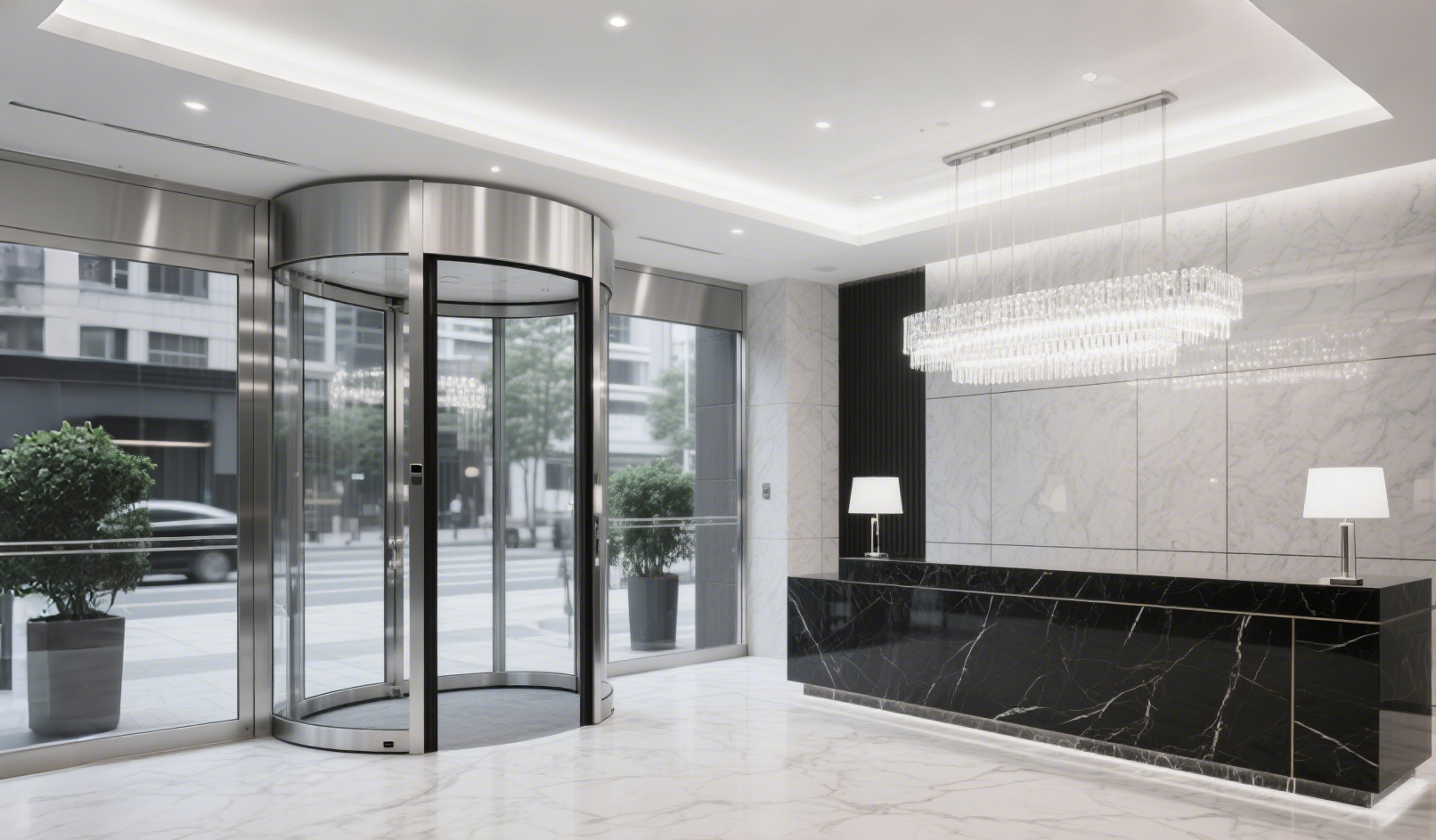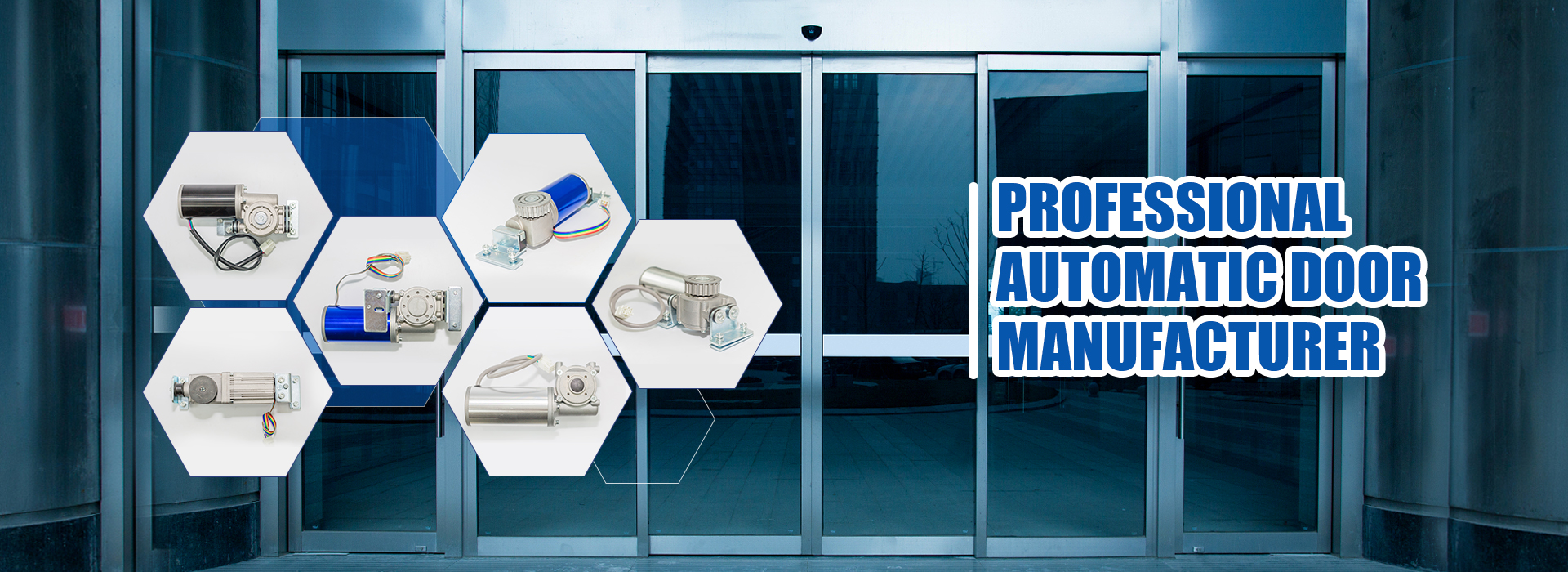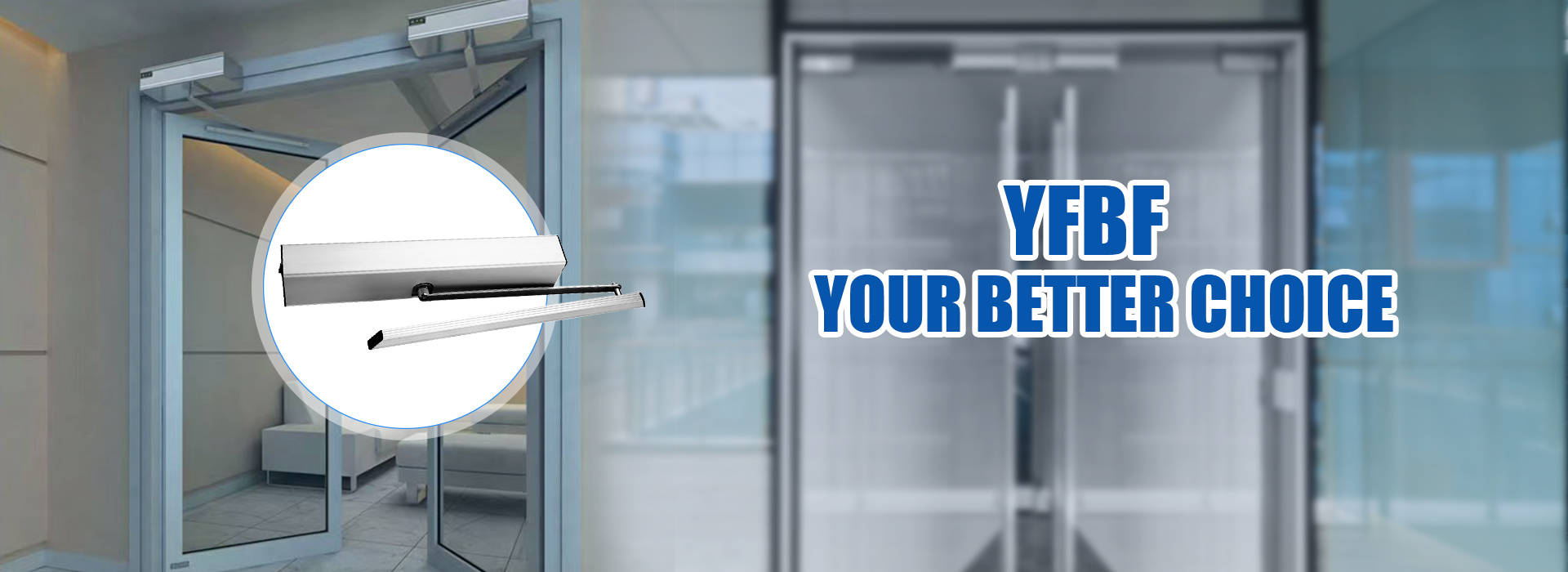
A Sliding Door Motor brings a touch of magic to any space. People enjoy improved accessibility, safer entry, and hands-free convenience every day.
- It helps seniors and people with disabilities.
- It boosts security and energy efficiency.
- It creates a modern, stylish look in homes or businesses.
Key Takeaways
- Sliding door motors make doors open and close automatically, improving convenience, safety, and accessibility for everyone.
- These motors use sensors, controllers, and belts to smoothly and quietly move doors, creating a modern and welcoming space.
- Choosing the right motor and doing regular maintenance ensures long-lasting, reliable performance in homes and businesses.
Sliding Door Motor Basics

What Is a Sliding Door Motor?
A Sliding Door Motor transforms a regular sliding door into an automatic entryway. This device opens and closes doors without anyone needing to push or pull. People experience a new level of comfort and independence. The motor senses movement or a signal, then glides the door open or shut with ease. Many families and businesses choose this technology to create a welcoming and modern space.
Main Components and How They Work
Every Sliding Door Motor system relies on several key parts working together. Each component has a special job. Together, they create smooth and reliable door movement.
| Component | Function |
|---|---|
| Main controller | Acts as the command center, directing the motor and allowing user adjustments like speed and frequency. |
| Sensor | Detects external signals (like moving objects) and sends signals to the main controller. |
| Brushless motor | Provides power to open and close the door, controlling acceleration and deceleration. |
| Automatic door track | Guides the door wheels, similar to a railway track, ensuring smooth door movement. |
| Door hanger | Supports the movable door leaf and is driven by the motor via the synchronous belt. |
| Synchronous belt | Transmits traction power to the door wheel system. |
| Lower part of guidance system | Prevents the door from swinging up and down, stabilizing its movement. |
Tip: Quality materials make a big difference in performance and durability.
- Aluminum keeps the sliding mechanism light and rust-free.
- Polyurethane rollers last long and move quietly.
- The DC 24V brushless motor with a worm gear reduces noise.
- A strong iron pipe frame supports the rail and keeps everything stable.
Where Sliding Door Motors Are Used
Sliding Door Motors appear in many places where people want easy access and safety. These systems help everyone, from shoppers to patients, move freely and confidently.
- Retail stores welcome customers with hands-free entry.
- Hospitals and clinics use them for smooth patient transport.
- Hotels and airports create a modern, inviting atmosphere.
- Office buildings and shopping malls improve traffic flow and security.
| Environment | Common Applications |
|---|---|
| Industrial | Manufacturing, Warehouses |
| Commercial | Retail stores, Banks, Airports, Government buildings, Educational institutions, Medical facilities, Offices, Community centers |
| Healthcare | Hospitals, Urgent care clinics, Medical offices, Nursing homes |
| Other Uses | Data centers, Fire and police stations, Post offices, Courthouses, Dormitories, Universities, Vocational schools, Clubs, Museums, Sports arenas, Convention centers, Parking garages, Transportation terminals |
People choose automatic sliding door openers for their silence, safety, and strength. These systems work quietly and reliably, making every entrance feel special.
How a Sliding Door Motor Works
Step-by-Step Operation
A Sliding Door Motor brings technology and convenience together in a seamless process. The magic begins the moment someone approaches the door. Here is how the operation unfolds:
- Sensors spot a person or object moving near the door.
- The sensor sends a signal to the control unit.
- The control unit, acting as the brain, decides how fast and how far the door should move.
- The motor receives the command and starts turning.
- A belt or chain, attached to the motor, pulls the door along its track.
- Gears inside the system change the spinning motion of the motor into a smooth sliding action.
- Safety sensors keep watch for obstacles. If something blocks the door, the system stops or reverses the movement to prevent accidents.
- A microprocessor checks and adjusts the door’s speed and position for smooth and safe operation.
- The door closes gently after the person passes through, ready for the next visitor.
- Regular maintenance, like checking sensors and adding lubricant, keeps everything running smoothly.
This process happens in seconds, creating a welcoming and efficient entrance every time. The Sliding Door Motor works quietly and reliably, making life easier for everyone.
Tip: Automatic sliding door openers, like those used in hotels, airports, and hospitals, use advanced sensors and control systems to ensure safety and smooth operation. These systems allow for hands-free entry and exit, making every visit feel special.
Everyday Examples and Analogies
People see Sliding Door Motors in action every day, often without even noticing the technology at work. Imagine walking into a busy shopping mall. The doors slide open as if by magic, welcoming shoppers with a gentle motion. The same technology helps hospital staff move patients quickly and safely, with doors that open wide and close softly.
Think of a Sliding Door Motor like a helpful friend who always knows when you need a hand. When someone approaches, the system senses their presence and opens the door, just like a friend holding the door open. The motor acts as the muscles, the control unit as the brain, and the sensors as the eyes. Together, they create a smooth and safe experience for everyone.
In an office building, employees enter and exit with ease, never needing to touch the door. The system adapts to busy times by adjusting the speed, ensuring a steady flow of people. Even during a power outage, many Sliding Door Motors allow for easy manual operation, so no one gets stuck.
Note: The Sliding Door Motor combines strength, intelligence, and safety. It transforms ordinary doors into smart, welcoming gateways that inspire confidence and comfort.
Sliding Door Motor Benefits and Tips
Key Advantages for Home and Business
A Sliding Door Motor brings a world of benefits to both homes and businesses. People enjoy a new level of comfort and efficiency every day.
- Convenience: Doors open automatically, making it easy to enter or exit, even with hands full.
- Accessibility: Seniors, people with disabilities, and parents with strollers move freely without barriers.
- Energy Efficiency: Doors open only when needed, helping to keep heating or cooling inside and saving on energy bills.
- Improved Hygiene: No need to touch handles, which reduces the spread of germs.
- Space-Saving Design: Sliding doors do not swing out, so rooms feel bigger and more open.
- Modern Look: Automatic sliding doors add a sleek, stylish touch to any space.
- Safety and Security: Sensors detect obstacles and prevent accidents. Integration with security systems allows for controlled access.
Automatic sliding door openers, like the best-selling models used in hotels, airports, and hospitals, offer silent, stable, and strong performance. These systems create a welcoming and safe environment for everyone.
Quick Tips for Choosing and Using a Sliding Door Motor
Choosing the right Sliding Door Motor ensures years of smooth operation. Follow these simple tips for the best results:
- Match Motor Power to Door Size: Select a motor that fits the weight and width of your door.
- Check Drive Mechanism: Choose between belt, chain, or gear systems based on your needs.
- Prioritize Safety Features: Look for obstacle detection, emergency stop, and overload protection.
- Consider Smart Features: Some motors connect to smart home systems for added convenience.
- Schedule Regular Maintenance: Clean tracks, check sensors, and lubricate moving parts to keep everything running smoothly.
- Professional Installation: For best results, have a trained technician install and inspect your system.
- Review Certifications: Make sure the motor meets safety standards for peace of mind.
| Maintenance Task | How Often | Why It Matters |
|---|---|---|
| Visual Inspection | Monthly | Spots damage early |
| Lubricate Moving Parts | Every 3 months | Reduces wear and noise |
| Clean Sensors/Tracks | Monthly | Prevents malfunctions |
| Test Safety Features | Quarterly | Ensures safe operation |
With the right care, a quality sliding door motor can last 10 to 20 years, providing reliable service and peace of mind.
1. Install motor brackets level and secure for smooth operation.
2. Mount and align the motor with the track to avoid issues.
3. Wire the motor, then fine-tune settings for best results.
Anyone can master these steps. A little knowledge brings comfort, safety, and ease to every entrance.
FAQ
How long does a sliding door motor last?
A quality sliding door motor can work for 10 to 20 years. Regular care helps it stay strong and reliable.
Tip: Routine checks and cleaning keep the system running smoothly.
Can someone install a sliding door motor without special skills?
Most people choose professional installation for best results. A trained expert ensures safe, smooth operation.
- Anyone can learn basic maintenance steps.
- Simple care brings lasting comfort.
Where can people use automatic sliding door openers?
People use them in homes, offices, hospitals, and malls. These openers create easy access and a welcoming feeling everywhere.
Automatic sliding door openers inspire confidence and independence in every space.
Post time: Jul-22-2025



